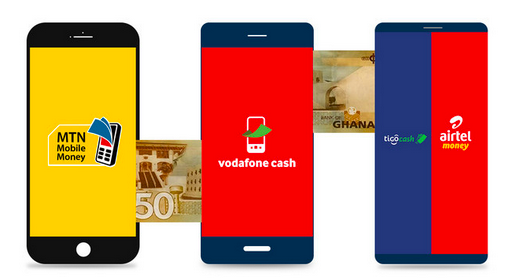
Data from the Ghana Revenue Authority (GRA) indicates that Ghana’s Electronic Transfer Levy (E-Levy) implemented in May 2022 raked in ¢861.47 million as of March 2023.
The controversial levy in the first year of implementation at a rate of 1.5% accrued ¢614.57 million.
However, in the first three months of 2023, the levy brought in ¢246.9 million for the state.
According to the data from the GRA, the E-levy registered ¢53.58 million in revenue in the first month (May 2022) of its implementation.
It further shot up to ¢59.23 million in June 2022 and consistently rose in July 2022 (¢65.0 7million), August 2022 (¢71.29 million), September 2022 (¢78.95 million), October 2022 (¢85.73 million) and November 2022 (¢93.3 million) respectively.
The E-levy inflows breached the one hundred million cedis mark to record ¢106.79 million in December 2022.
It however began the year recording lower revenue than in December 2022. This was after the rate was revised to 1%, from 1.5%.
Despite the uproar about the implementation of the E-Levy, total mobile money transactions exceeded ¢1 trillion in 2022.
TRANSACTIONS UNDER THE LEVY
- Mobile money transfers done between wallets on the same electronic money issuer– For example sending money from your MTN Momo wallet to another person’s MTN Momo wallet.
- Transfers from a wallet on one electronic money issuer to a recipient on another electronic money issuer – For example sending money from your Vodafone Cash wallet to another person’s AirtelTigo wallet.
- Transfers from bank accounts to mobile money wallets: For example, Kofi transfers money from his CBG bank account to Ama’s G-Money wallet.
- Transfers from mobile money wallets to bank accounts: For example, Esi transfers money from her Zeepay wallet to Yayra’s bank account.
- Bank transfers on an instant pay digital platform or application which originates from a bank account belonging to an individual: For example, Kwame transferring money from his ADB app to Akua’s National Investment Bank account
Joyonline
